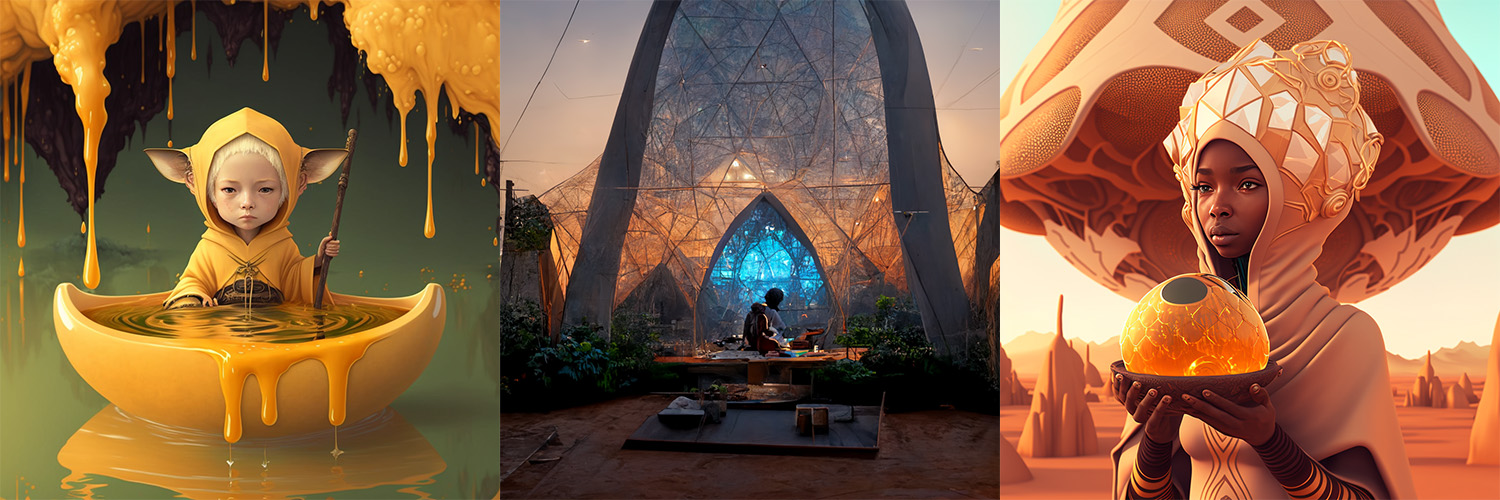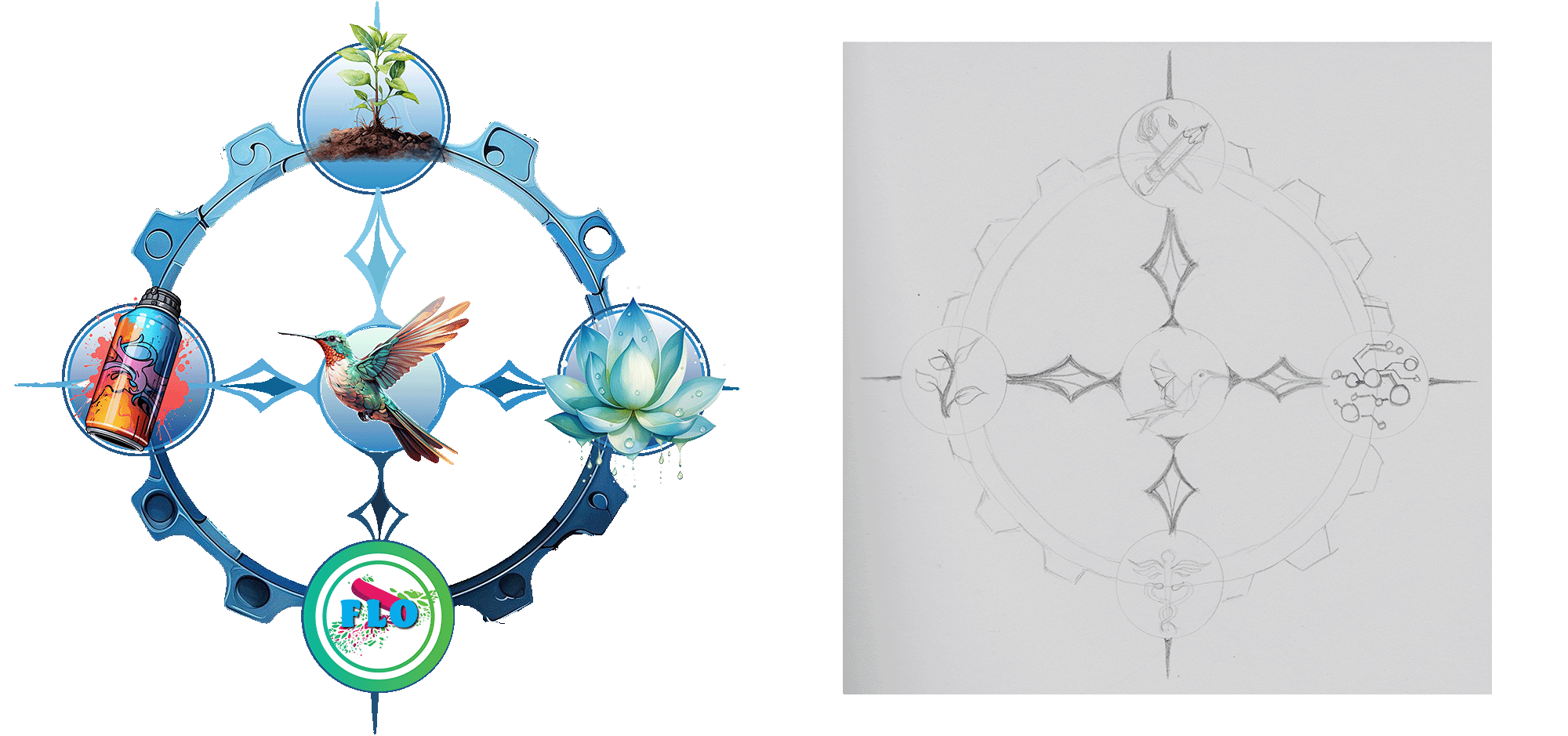The Cottagecore Coder
The Power of Naming
It’s time for a second post from the Cottagecore Coder!
My favorite thing about wading deeper into the stack with coding, is getting better across the board at naming things directly. Distilling a thing down into its utilitarian essence, so that someone else can find it and grab onto it. Also known as, “wtf did I name that icon file I can’t find it.” It also applies to communicating the community-oriented economic innovation I’ve been working on for the past 15 years.
Thinking in binaries instead of meshes, very useful! Like magic for my "everything-at-once" brain. I grew up wandering around the hills of native prairie land and my brain developed in that environment, not a city and its grids and rules. The education where I lived was poor, so I didn’t learn many developed ways of thinking. Lastly, I'm synesthetic, so my senses are innately cross-wired. I tend to think in interconnected systems or “holons”, and more instinctual than logic-driven.
Coding brings me a mental superpower of being better able to delineate discrete chunks of information. Writing functions across layers of the stack is helping me communicate better, to pare down the volume of details I "see-think" at once, and structure it in a way that's easier for others to understand.
The combination of UI/UX, graphic design, frontend and database skills I have right now is super helpful! I did 20 years of research into what’s broken about human systems of power, and what’s broken with today’s media networks. And now, I can make an interface that helps people connect about what the people around me WANT to connect about. Local food, local economies, doing what they love, beautiful aesthetic experiences, knowledge sharing with peers, and mutual support.
Mage on ML
Using generative machine learning tools has enabled me to create an enormous chunk of ideas I’ve had in my brain for decades, in one year of time.
One of my 2024 goals is to consistently release art I’ve made using a combination of Midjourney and handpainting in Photoshop. I’m now suddenly able to at least roughly render art concepts I planned to render when I retired. For now I’m rendering them in small pieces, but it still gets some of the idea and spirit across until I make time to create the large-scale illustrations I plan to make. I always find that people communicate with me better when they see my art. As a leader, the line between expressing myself and advocating for groups of people makes it sometimes difficult to have conversations where people are treating me as a person, not as a representative. When I share my art, people can see my soul better and have a sense of the dynamic creative creature I am. That leads to more fulfilling interactions. Yay!


My Midjourney art also helps me make interface elements for BloomNetwork.earth! Check out this content compass! I did a pencil sketch for this in 2014!! This summer I suddenly realized I had the chops to code it so you could click on the different areas, but also that I could make much artier icons using Midjourney with a prompt that did watercolor illustrations. I’m 1000% capable of hand painting high quality watercolor illustrations, but I don’t have time to and I wouldn’t have spent the time to make this this pretty.


Code - I was able to code a fully functioning chat system in-built into Bloom Network’s website in less than a week. To start, I referenced two open source Github codebases that devs had built for a community chat using Svelte + Supabase. Amazing! There’s a full-fledged “build a Slack clone” in Supabase’s tutorials by the way. But I wanted our chat to look specific ways, with specific interaction patterns, that address things that bother me about Telegram, Discord, and other communications tools. Feature release notes.
I got the basics down that way, and then there were lots of details yet to pin down. Using ChatGPT prompting, I was able to implement those, and am now closer to understanding broadly how to implement interaction patterns I prefer. Learning that way felt like if I had been doing video tutorials, but exactly adapted to my specific use case and code base, so I was able to more quickly find the information I needed. It would have likely taken me at minimum three months to learn everything I needed to to implement this without that.
After this past week of coding, I have a better grasp on wading deeper into the stack from frontend styling. I understand better how to pass data between components, and how to write more sophisticated SQL functions. (Databases, hooray!!!)
Most importantly, I am starting to be able to craft the interfaces, the sculptural machines for community interactivity, that will empower local communities to bring about the socio-economic, cultural and environmental changes we all care about.
Magic and machine both derive from the proto-Indo-European language root, *magh- "to be able, have power."
About the author:
Magenta does coding, UI/UX, and systems architecture at Bloom Network, and works as a project manager with dOrg.tech, a developer collective that builds tooling for decentralized organizations and finance. You can find her writing at magewrites.com and on bloomnetwork.earth
If this post inspired you, consider becoming a member of Bloom Network, a global network of local community networks building food, culture, and economic power together.

